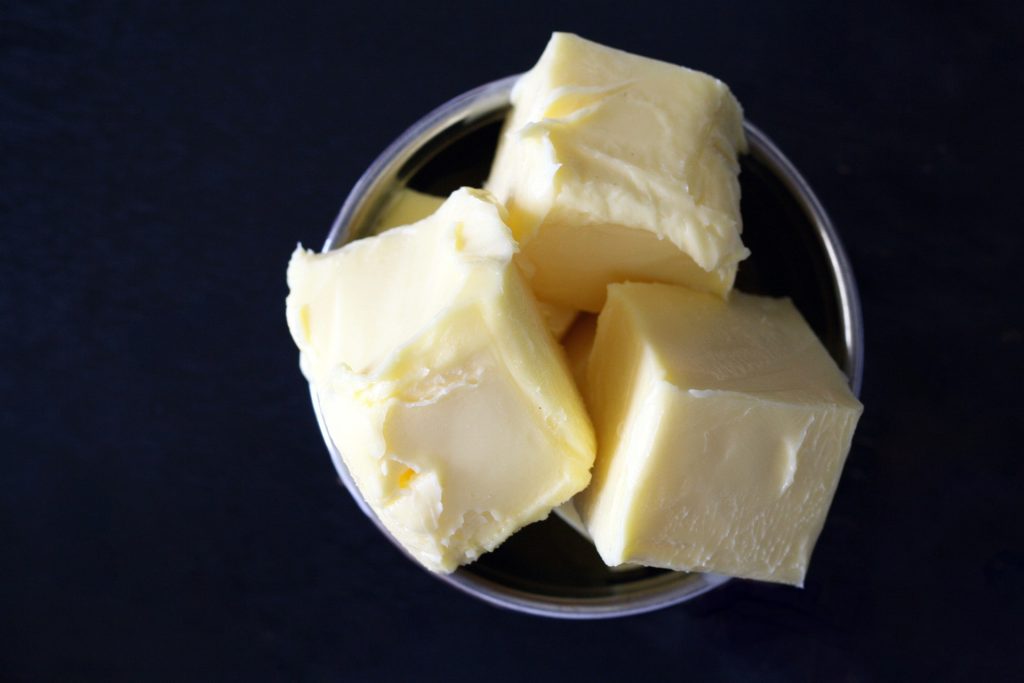
The one mistake most new cannabis chefs make
Cooking is fun and great for home, camping, the beach, the great outdoors, cozy indoors—pretty much anything. But there's one thing you should remember.
Summer is here and it offers the opportunity to enjoy the great outdoors. Beaches, camping, hikes or long walks, or just sitting on the porch and enjoying nature. It's also a great opportunity to enjoy homemade edibles. If you enjoy cooking, there's one thing to keep in mind when cooking with cannabis and it makes a HUGE difference. It not only affects the taste, but the experience as well.
RELATED: What you need to do with marijuana before you can make edibles
When cooking with marijuana, you don't want the flavor of the plant to completely overwhelm the dish. And you want to monitor the dosage… so you don't end up 50 mg over! You need to take the step that even some experienced chefs and bakers might forget – decarboxylation. It's still a novel idea in modern cooking when home cooks prepare their own ingredients.
Chemically speaking, decarboxylation removes carbon atoms from a carbon chain. To do so, it converts THCA into THC. THC, one of the two most discussed compounds in cannabis, is the main cause of euphoria or high. It is found in raw marijuana and when dried, converts THCA into THC. Decarboxylation gets the process started. This is how it works successfully.
Photo by Bacsica/Getty Images
You will need ground marijuana (fine is better), a baking sheet/pan, and parchment paper if you have it. Preheat the oven to 225 degrees Fahrenheit. Cover the pan with a sheet of parchment paper. Spread the herb evenly on the paper. Bake at 225 degrees for 45 minutes.
RELATED TOPICS: Using cannabis before training can help
Like grilling, there are hundreds of important secret rules to make it better. Two things to keep in mind when modifying this recipe: Higher heat can burn the marijuana and make it less potent and taste worse. Low and slow heat may be the right method, but it will release more odor and 75 minutes at 200 degrees might be too much time commitment – although you will get great results. Remember to ventilate the area properly and use a timer. Especially if you have already sinned.
Your cannabis can now be added to butter or made into tinctures or flavored oils. Butter and oils are better than adding marijuana directly into a batter. THC is oil (and alcohol) soluble, so when infused, it has more of an effect and less of a strong plant flavor.
 Photo by ponce_photography via Pixabay
Photo by ponce_photography via Pixabay
One problem with cooking with cannabis is that there is no standard dosage. Unlike alcohol, where most adults know what effect a drink will have on them, with weed this varies. Share your baking or cooking plans with an experienced budtender at the dispensary and get advice. Keep the THC percentage in mind when planning your recipe. More food is better than more cannabis. When cooking, start with a small amount. Use the 420 Chef's calculator to estimate how much THC you will add to servings. Write this down. After eating, make some notes and some suggestions for less/more for next time.
RELATED: 5 Ways to Find Out THC Dosage with Cannabutter
Keep in mind that the effects of smoking marijuana can occur within five minutes and then disappear again. in two hours or less. The body processes edible cannabis differently and it can take an hour or more to get an effect that can last up to four hours. The potential danger is that a novice can eat without feeling anything in 30 minutesthen eat more.

Post a comment: